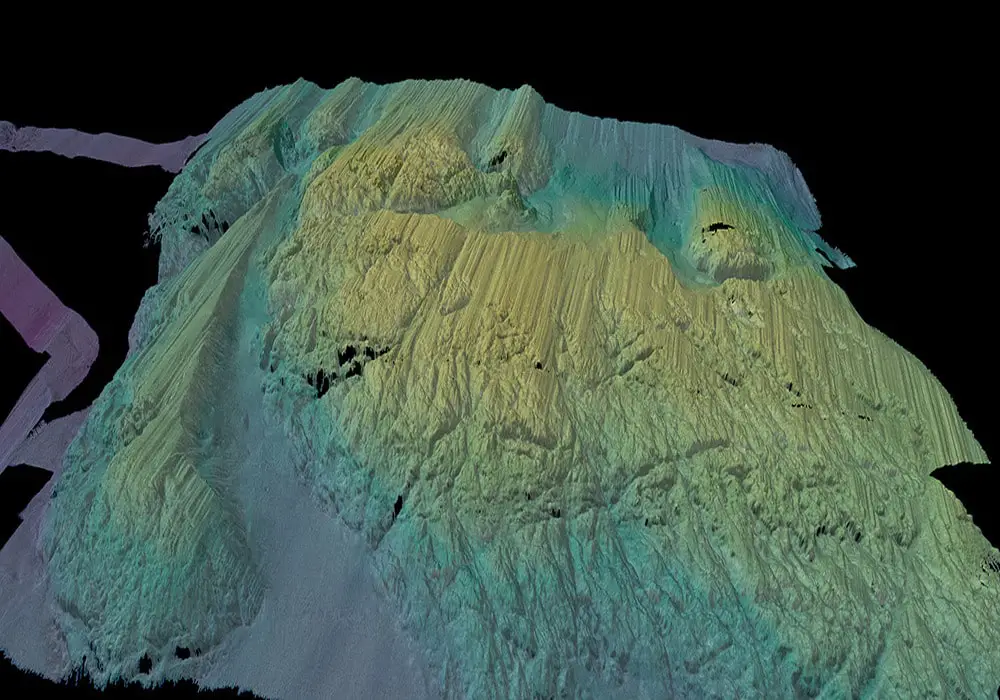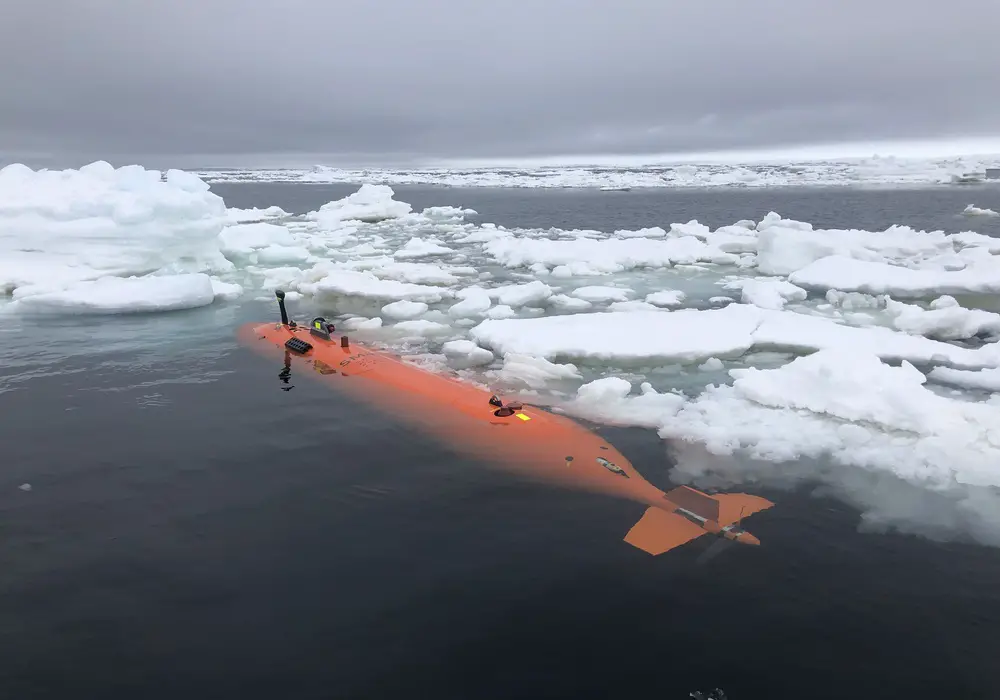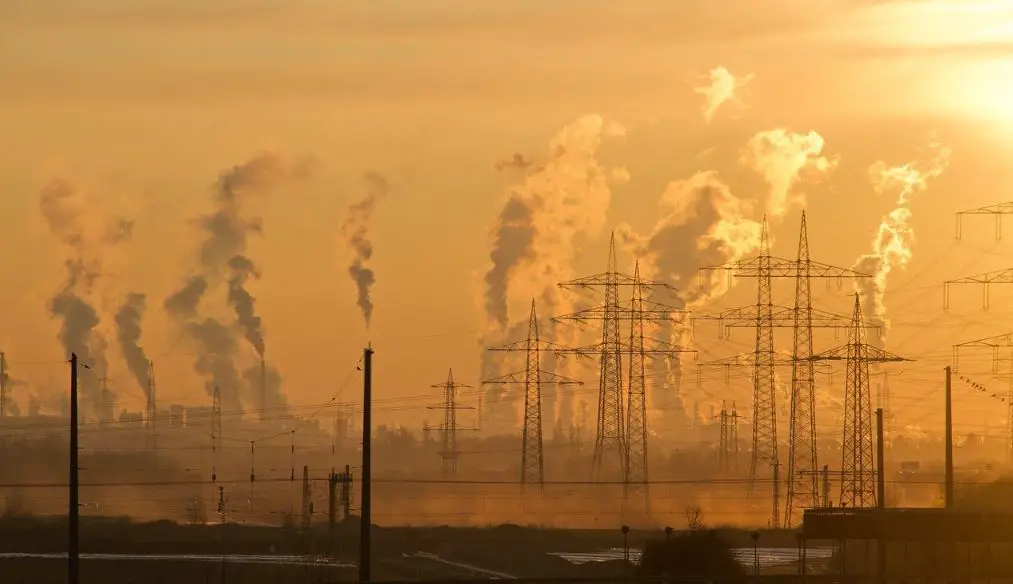Thwaites glacier, also known as the “Doomsday Glacier”, is located in Antarctica. If it were to melt, it would cause a marked increase in sea levels around the world. To better understand whether and when this could happen, the researchers studied the history of this glacier.
How big is the apocalypse glacier?
Its real name is Thwaites Glacier. It is like a giant among the glaciers in West Antarctica. This huge mass of glaciers is also called “apocalyptic glaciers”. There’s a reason they’re called apocalyptic glaciers. Because the size of this gigantic glacier is 120 kilometers wide and 600 kilometers long.
It is so large that its melting alone could raise the global level of the oceans by one to three meters, and places close to sea level could be flooded.
According to the United Nations, roughly 40 percent of the human population lives 60 miles from the coast. “This work is part of an interdisciplinary collective effort to better understand the Thwaites Glacier system,” said Tom Frazer, dean of USF CMS.
This study is an important step in providing the information needed to inform global planning efforts.” he continued.
The melting speed of the glacier has accelerated in recent years.
The apocalypse glacier , as you can imagine, has started to melt like all the other glaciers on our planet. Satellite images show that the glacier is under the influence of anthropogenic global warming. Thwaites Glacier thins and retreats.
To understand how quickly and to what extent this process will continue to occur in the coming years, an international team of researchers has for the first time produced a high-resolution map of the ocean floor just off the Thwaites Glacier.
In particular, the researchers examined the ridges left by the movements of the “doomsday glacier”, like footprints. At a depth of 700 meters, they found data suggesting that at one point in history, over a six-month period over the past 200 years, the front of the Thwaites Glacier was retreating at a rate of more than 2.1 kilometers per year. This is twice as fast as what satellites observed in the period between 2011 and 2019.
Antarctica is more susceptible to global warming than researchers thought
Alastair Graham, a marine geophysicist at the University of South Florida (USA), said in a press release, “Our results suggest that this glacier is experiencing extremely rapid retreat phases, perhaps as recently as the mid-20th century.
He even suggests that melting occurred at five to ten times the speed of what we know today. He continued, “The Thwaites Glacier is now hanging by a thread. Looking forward, we should expect to see significant changes there on small timescales when it retracts after crossing a shallow ridge. Maybe even from year to year. “
It was the use of a robotic vehicle filled with imaging sensors that made the mapping possible. For about 20 hours, Ran scientists discovered the front of Thwaites Glacier for the first time.
“It was really a once-in-a-lifetime task,” said Graham, who said the team wanted to directly sample seafloor sediments to be able to more accurately date ridge-like features. “But the ice closed on us very quickly and we had to leave before we could do that on this expedition,” he said.
What is certain is that Antarctic glaciers are not as slow in responding to global warming as experts previously thought. Alastair Graham concludes, “It looks like another small blow to Thwaites Glacier could bring disaster.”







